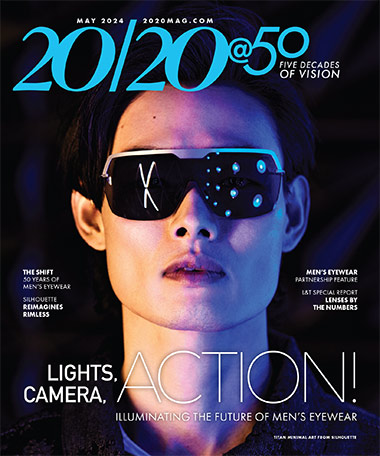As other industry leaders have noted, the decline in manufacturing jobs in the U.S. has made growing safety eyewear sales more difficult. But, Ryan Nadler, vice president of Canadian eyewear manufacturer Optiq and OnGuard Safety, told VM that the critical difference that offsets this decline in the safety category can be summed up in one word: style.
 |
| Ryan Nadler |
“Fifteen years ago, OnGuard Safety introduced fashion on a significant scale to the safety Rx eyewear scene,” Nadler said.
While OnGuard has seen some growth in the safety eyewear market, Nadler said that on the whole, things are static.
“We work a lot with labs, especially in the U.S. They find their own dispensing ECPs. They usually find their own clients for SRx,” Nadler noted. OnGuard works with most major U.S. labs, including Hoya, Walman, and Essilor Labs of America.
What sets OnGuard apart is the development of fashionable and innovative SRx frames, and the company has specialized in rimless safety eyewear.
“Fashionable frames encourage compliance, and it also stimulates the market with more frequent cyclical frame purchases by the consumer,” Nadler said.
“Our approach is to bring the nicest looking and most innovative product to market. We introduced drill-mount SRx, which has been tremendous. There’s no reason why it should be allowed. It’s actually safer than regular SRx. There’s no reason out there why they shouldn’t be buying it. It’s safer because of lens retention. Drill mounting means the lens is the frame. There’s no eyewire for lenses to pop out from. They even have side shields,” he noted.
The new standard in 2003, which opened up polycarbonate lenses to safety Rx eyewear use, also works well with OnGuard’s touting drill mounts for safety eyewear. “Drill mounts are all polycarbonate because of the U.S. standard, and poly always passes the testing,” he added.











